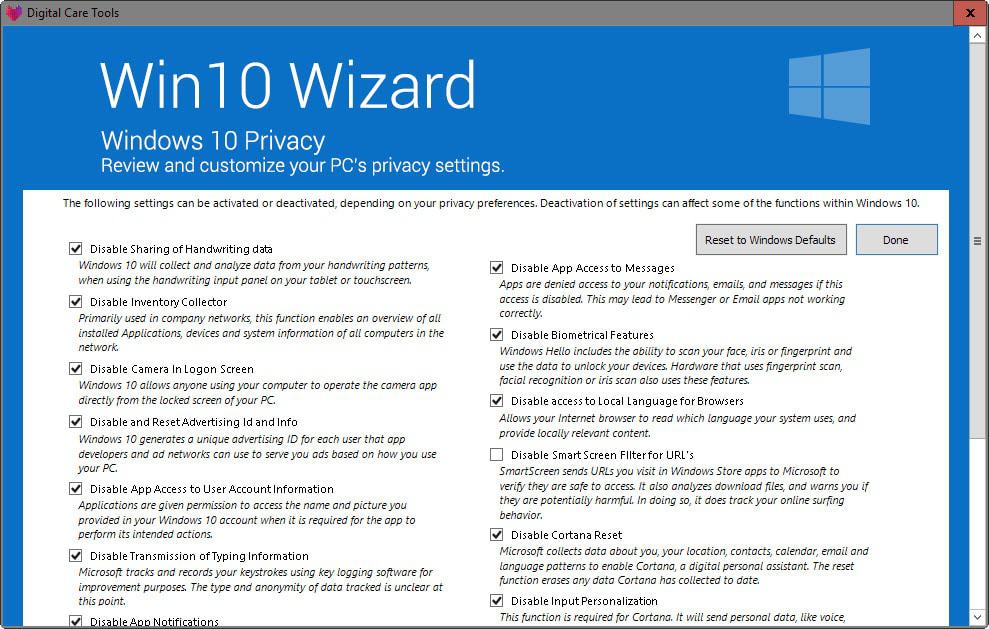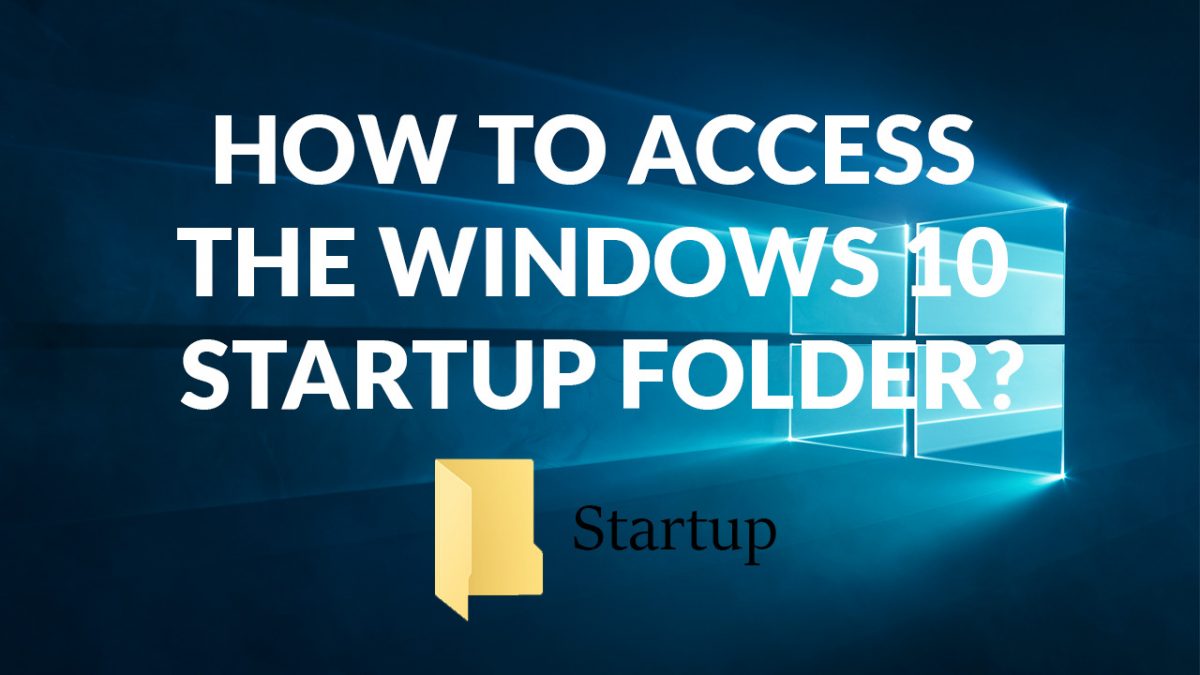Win10 Wizard is a Windows 10 Upgrade Assistant

Win10 Wizard is a free upgrade assistant to upgrade old versions of Windows to Windows 10, and to configure these upgraded systems once Windows 10 is installed.
There is certainly no shortage of programs (GWX Control Panel, GWX Stoppper) to keep Microsoft's Windows 10 operating system away from a PC running older versions of Windows, but there are barely any tools that help users upgrade to the new operating system.
Win10 Wizard has been designed to fill the gap. You can run it on a PC with Windows 7 or Windows 8.1 installed, and it will make sure that it meets the requirements for the upgrade, and you can run it on Windows 10 after the upgrade, to make modifications to privacy and security settings among other things.
Win10 Wizard
You can run the program on a system that is running Windows 10 already to use the features it provides after installation of the operating system.
If you run it on Windows 7 or Windows 8.1 before the upgrade, it will make sure that your system is compatible with Microsoft's new operating system.
In addition, it will highlight any program that will be removed as part of the upgrade either because it is incompatible with Windows 10, or because Microsoft removed the feature from the operating system.
What Win10 Wizard does not do is download and install the upgrade for you. It links to a Microsoft page where you find instructions on how to upgrade the PC to Windows 10.
When you run the program again after the upgrade, its main functionality becomes available. It highlights compatibility issues right away on the start screen, and links to six settings or options that you can go through.
Windows 10 Privacy

The privacy icon leads to a new page listing privacy settings like disabling biometrical features or disabling the transmission of typing information. There is a reset to defaults button which you can use to start over.
The layout on the page could be better though. First, there is no option to change the size of the window, and many users may find the font size too small for their taste. The visual distinction between preference titles and descriptions lacks as well, and the space between preferences could be better. The layout is used by all preference pages.
Location Service

The rather tiny section enables you to modify location-specific features. These could very well have been placed in the privacy section as they are all about privacy.
You may notice that titles are cut at the end which is something that the developer needs to address in an update.
Security

Most preferences listed under security may also impact privacy at the same time or are only privacy-related. This is the case for "disable telemetry" for instance.
Themes

Themes is interesting as it highlights features that you don't see that often in tweaking or privacy programs for Windows 10.
You can enable the dark theme here, or disable various indicators or notification systems like the action center sidebar or volume control.
The two remaining options let you run a system clean up, and go through app or device incompatibilities if they have been found by the application.
Closing Words
Win10 Wizard does not reinvent the wheel, but it takes users who want to upgrade to Windows 10 by the hand making the process more tolerable and easier to understand.



























I can predict the huge market due to Windows 10. Examples are, just take a look back at Start Menu 8, Classic Shell, Start8, etc.
From #6. in the EULA: ” Advertising and Links – The Software installation and/or any applicable Software update or upgrade processes may include Digital Care promotional offers and advertisements, or promotional offers and advertisements from third parties. The manner, mode and extent of advertising by Digital Care through the Software installation process and/or any applicable Software update or upgrade processes are subject to change at any time and without notice to you”
I wish there would be a group of programmers like those who compiled a Window Media Player Classic freeware who would come up with a similar Windows OS Classic that contains only the essential operating system components, if only doing so will break no law.
http://www.vladan.fr/winreducer-for-w8-x-w10-can-customize-windows-iso/
It certainly looks a lot better and seems to give better explanations that the comparable Microsoft options, it would have been nice to have seen something like this done for each Windows 10 install instead of nudging people to the express setup where everything gets enabled.
Microsoft has no plans to change Windows 10 consumer privacy settings
Another report from Forbes turns out to be incorrect. Sources with direct knowledge of Windows product plans confirm that there are no plans to change privacy options for Windows 10.
Forbes :
I took this data to Microsoft and it declined to comment, but now the company has had a change of heart.
Contacting me again a Microsoft spokesperson explained the company now wanted to speak about the issue. In short: Microsoft is taking action. It has decided to release updates “later this year” which will enable users to fully control all background telemetry and data tracking and, if desired, disable it completely. Microsoft also asked me to stress that disabling these background operations is something it would “strongly recommend against”..
http://www.zdnet.com/article/microsoft-has-no-plans-to-change-windows-10-consumer-privacy-settings/
Corky,
Yes, missed the proper article.
I believe Ed Bott.
Wrong article ilev?
I assume you meant to post that in the “Microsoft promises to implement full Windows 10 data tracking controls” article, if so you seem to have missed that the Forbes article, and even Martin’s, says this is only going to be applicable to Windows 10 Enterprise (probably).
As for your claim that “Sources with direct knowledge of Windows product plans confirm that there are no plans to change privacy options for Windows 10.” i would assume you’re referring to Ed (Mr Microsoft) Bott?
If so it’s worth noting that Ed (Mr Microsoft) Bott says all of [his] sources declined to speak on the record whereas Mr Kelly (the author of the Forbes article) says he has it in writing (an email) and if “the statement given to [him] was (accidentally) false. The email will be published should the responsible party – whoever it turns out to be – not make a formal apology.”
Obviously who you believe is entirely up to you but i know who I’m more inclined to believe.
With ~50 years in IT, I don’t trust any Windows developer that doesn’t offer a portable version of an application.